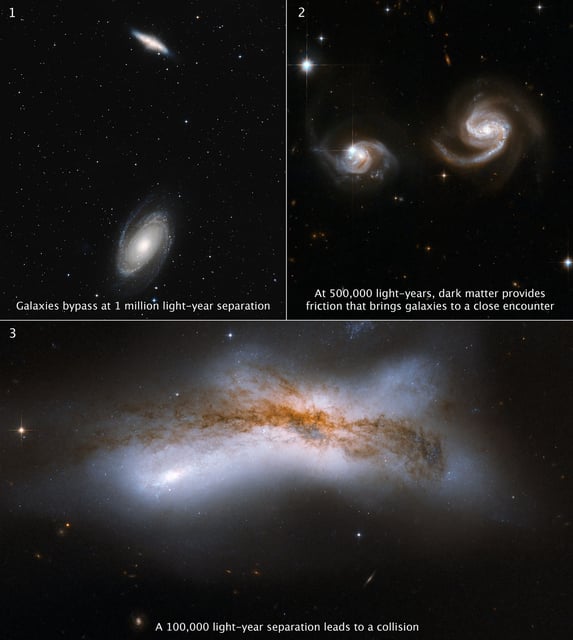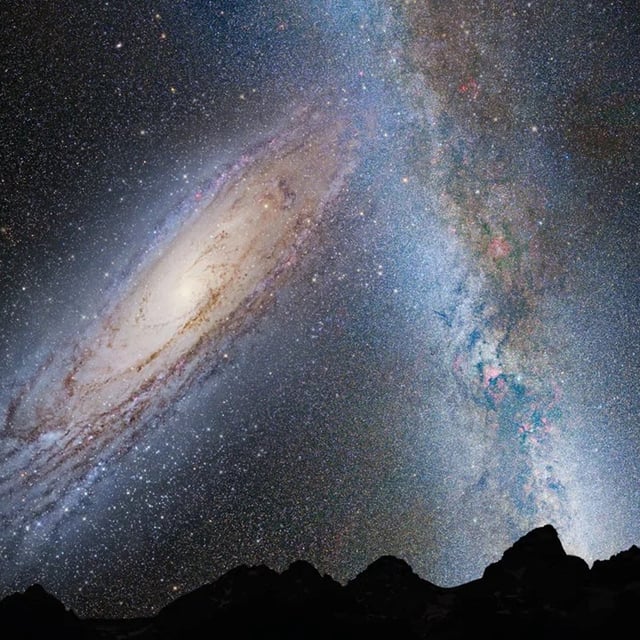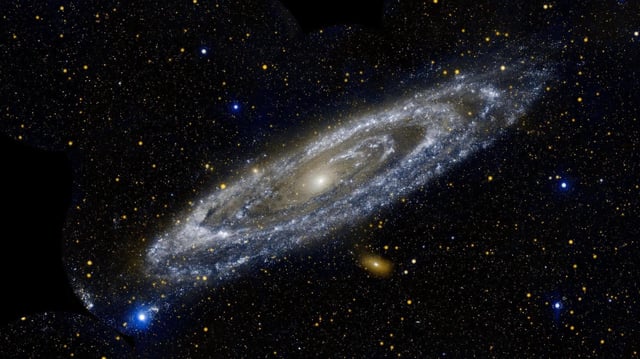Overview
- Researchers ran 100,000 simulations grounded in over ten years of Hubble and Gaia observations to model the Local Group’s future.
- Factoring in the Large Magellanic Cloud’s gravity cut the risk of a Milky Way–Andromeda collision to 2% within the next 5 billion years.
- The study finds an approximately 50% probability of merging within 10 billion years as orbital energy gradually dissipates during repeated encounters.
- Most scenarios forecast a Milky Way merger with the Large Magellanic Cloud in under 2 billion years.
- Scientists caution that even with advanced datasets, predictions for the Local Group’s evolution remain uncertain due to remaining observational limits.



